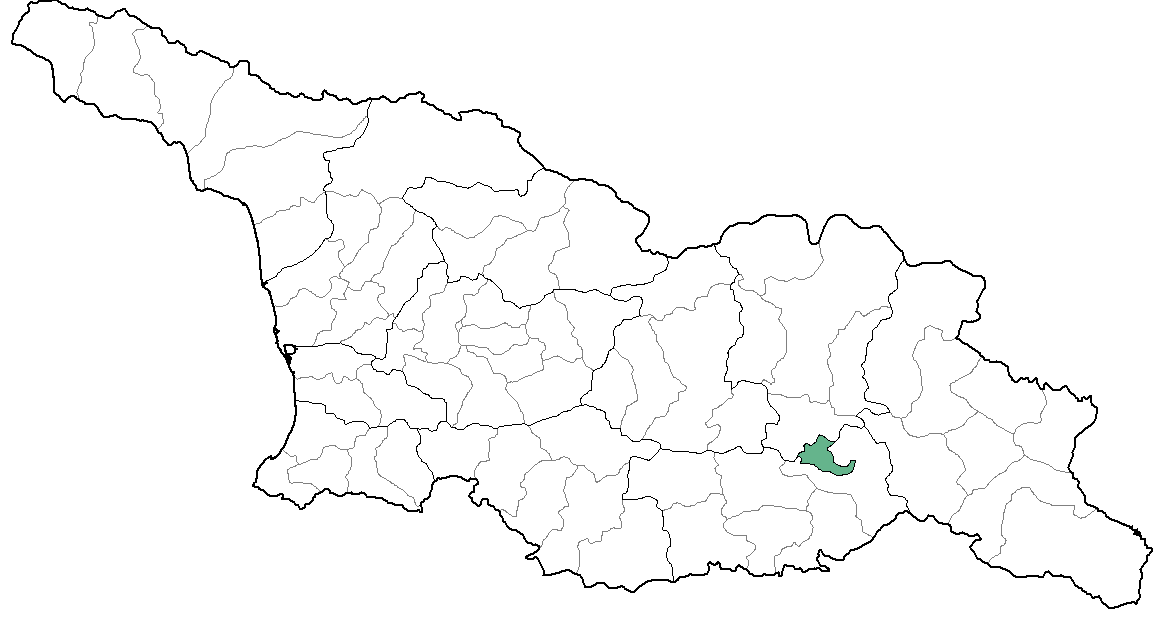ადგილობრივი სახელწოდება
შხამიანი ქამა (1).
აღწერა
ქუდი — 6–18 სმ-მდე დიამეტრის, ხორცოვანი, თავდაპირველად ნახევარსფეროსებრი, შემდეგ ამობურცული, ზედაპირი გლუვი, თეთრი ან მოთეთრო-მონაცრისფრო, ხელის დაჭერისას ყვითლდება. ფირფიტები თხელი, თავდაპირველად თეთრი ან მოვარდისფრო, შემდეგ ყავისფერი. ფეხი — 5–15 სმ-მდე სიგრძის და 1–3 სმ-მდე სისქის, ფუყე, თეთრი, ძირისკენ გამსხვილებული, გააჩნია საყელო. რბილობი — მოთეთრო-მონაცრისფრო-მურა, ფეხის ძირთან მოყვითალო, ძირისკენ გამსხვილებულ ფეხის ნაწილში მონარინჯისფრო, დამახასიათებელი ფენოლის არასასიამოვნო სუნით (ე.წ. „აფთიაქის სუნი“). სპორები — ელიფსური, გლუვი, მურა-მეწამული, 4.5–6 X 3–4.5 მკმ.
ჰაბიტატი — იზრდება ნიადაგზე, მინდვრებში, ბაღ-პარკებში, ზაფხულ-შემოდგომით.
გავრცელება — თბილისი (2).
გამოყენება
შხამიანი სოკოა, იწვევს საჭმლის მომნელებელი სისტემის მოშლას (1).
კახეთი — „მამაჩემი შხამიან ქამას სპეციფიკური სუნით ცნობდა“ (3).
წყარო
1. ნახუცრიშვილი, ი. (2007) საქართველოს სოკოები. თბილისი: ბუნება პრინტი.
2. ნახუცრიშვილი, ი., ყანჩაველი, ქ. და სხვ. (1986) საქართველოს სპოროვან მცენარეთა ფლორა (კონსპექტი). საქ. სსრ მეცნ. აკად., ნ. კეცხოველის სახ. ბოტანიკის ინ-ტი. – თბილისი: მეცნიერება (რუსულად).
3. გონაშვილი, ბ. (2016) დედოფლისწყარო.
Local Name
Shkhamiani kama (1).
Description
Cap: The cap is 6–18 cm across, round to irregularly convex, becoming broadly convex or nearly flat, whitish, or with light brown colorations, especially towards the center, dry, bald, or with scattered fibrils, usually bruising yellow when rubbed, especially near the margin the bruised areas then changing to brownish after some time has elapsed. Gills are free from the stem, white at first, then pinkish, and finally dark chocolate brown, close. Stem: The stem is 5–15 cm tall, 1–3 cm thick, more or less equal, sometimes enlarged at the base, smooth, whitish, bruising yellow, sometimes brownish in age, stuffed or hollowing, with a large, flaring, thick, yellow-staining ring on the upper portion. Flesh: The flesh is white and thick, yellowing when crushed, bright yellow in the base of the stem when sliced. Spores: The spores are 4.5–6 X 3–4.5 µm, elliptical, smooth, and brownish.
Habitat: On soils, in grass and in cultivated areas, occasionally in woods. Season: Summer, autumn.
Distribution: Tbilisi (3).
Uses
Edibility: Poisonous. The symptoms are severe stomach cramps (1).
Kakheti — “My father could identify this mushroom by its specific smell” (3).
References
1. Nakhutsrishvili, I.G. (2007) Fungi of Georgia. Tbilisi: Buneba Printi.
2. Nakhutsrishvili, I.G., et al. (1986) Flora of Spore-producing Plants of Georgia (Summary). Tbilisi: Metsniereba (Russian).
3. Gonashvili, B. (2016) Dedoplistskaro.
